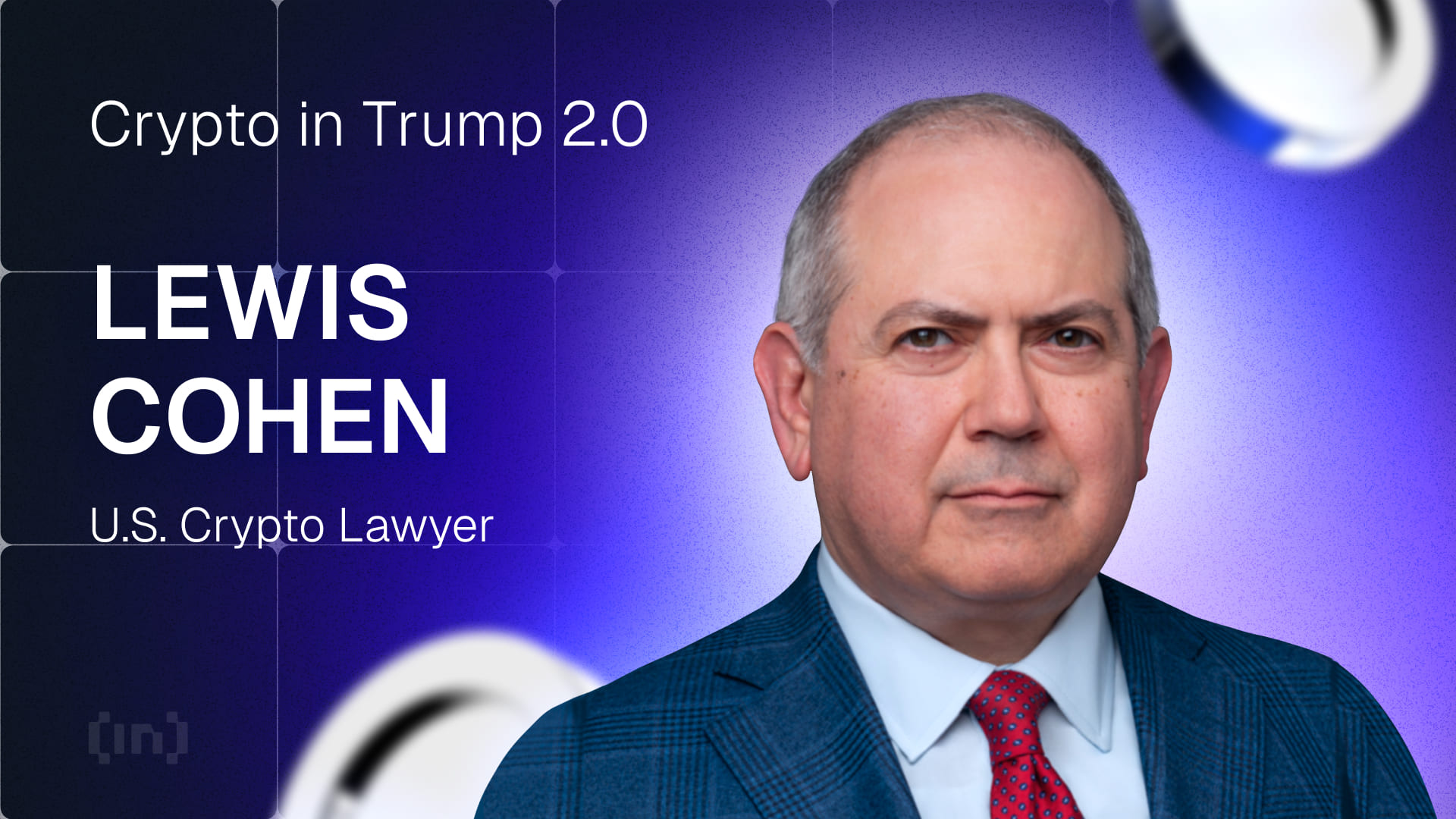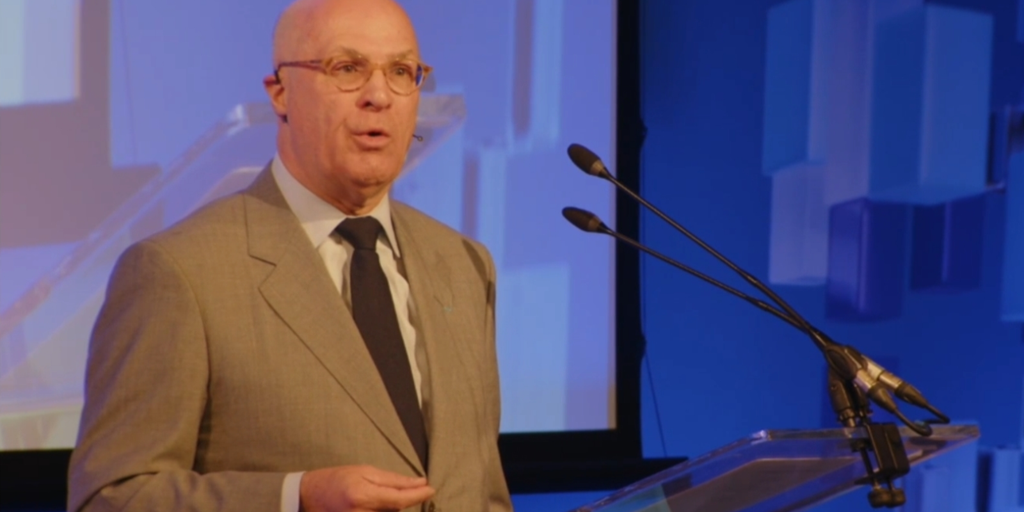This is a transcribed excerpt of the “Bitcoin Magazine Podcast,” hosted by P and Q. In this episode, they are joined by Obi Nwosu to talk about the difference between Fedimint and Fedi and how Chaumian Mints can be used to onboard millions of people onto bitcoin.
Watch This Episode On YouTube Or Rumble
Listen To The Episode Here:
Q: How did the idea of Fedi — what inspired you and the team to say, “Hey, this is the problem. How are we gonna solve it? And then this is how we’re gonna solve it.”
Obi Nwosu: There’s Fedimint and then there’s Fedi. So Fedimint is this open-source protocol, a bit like the way Bitcoin is a protocol for the store or value. Lightning is a protocol for the transfer of that bitcoin around at a low cost at high speed, and also increased privacy as a side effect. Well, Fedimint is a protocol for storing that value, custodying that value with incredible privacy in a way where you are using your community to have each other’s back effectively. They work really well together. Effectively, they’re both Layer 2. When your money’s at rest, you store it in Fedimint, and when your money’s on the move, you use Lightning. But the money is bitcoin underneath both of those.
That’s the Fedimint protocol.
That actually had its roots — well actually, if you go way back 39 years we have Chaumian ecash and then 13 years or so ago with the invention of Bitcoin and then four or five years ago with Blockstream’s popularization of federation technology used for Liquid. When those things were combined, a number of incredible cypherpunks and cryptographers found we can combine these things together and take Chaumian ecash — invented by David Lee Chaum in 1983, which was considered catnip for cryptographers, some of the best form of privacy technology out there — combine it with the best form of money, bitcoin, which for the first time multiple people could hold, and federations allowed you to sort of federate this Chaumian Mint with bitcoin as the backing money as opposed to U.S. dollars which was David Chaum’s original attempt.
Work started three or four years ago and there were a number of projects running in parallel, but my now co-founder Eric Sirion was working on one called Fedimint. About two or so years ago, Blockstream saw it, got really excited about it, started sponsoring him, and about a year ago, I saw it when I was — and I didn’t mention this, I ran the U.K.’s longest-running bitcoin exchange. At one point I had 70% market share of the U.K., did the whole New York Stock Exchange gavel. And we were the first regulated exchange in Gibraltar, all that sort of stuff. But that’s the past now. But while selling that company, I was looking for a way of getting people off exchanges because I was getting increasingly concerned that there would be liquidity begets liquidity, and there’s gonna be increasing centralization around exchanges.
I could see this sort of Orwellian future where there’s half a dozen exchanges, each with a billion users with full visibility, just as bad as having CBDCs (central bank digital currencies) by countries because this is where we’re gonna end up if we just carry on the way we’re going. So we needed an alternative to custody on exchange.
Now, the obvious alternative is first-party custody, i.e., do-it-yourself custody, but if you just look at the numbers and if you look at the attitude of the people that we realize that with the best will in the world, you’re gonna get 5% of people, maybe 10% [doing] self custody, but that still leaves 90-95% trapped in these exchanges.
So I was looking for a solution to get people off exchanges. I was at Hackers Congress last year. I bumped into Eric. We had a conversation. I suggested some of my ideas. He politely told me why they wouldn’t work and then I asked him what he was working on. He told me about Fedimint and he saw it as this incredible privacy technology, which it is, but with my exchange-operator hat on, I realized that this was actually a solution to getting people off exchanges — if architected correctly. That’s where I started getting involved, I started cheerleading it and I talked about it at Bitcoin Miami. That led to Alex Gladstein asking me to go to Oslo Freedom Forum to talk about it more.
I then met some of the bravest men and women I’ve ever had the opportunity to meet, who are human rights defenders and activists from around the world. You may have met, like if you get to Ghana, hope you were there, you’ll see Farida Nabourema from Togo, for example, Fadi Elsalameen from Palestine, Roya Mahboob from Afghanistan, who created the first Afghanistan all women’s robotics team when women weren’t allowed to study and so on and so forth, and the list goes on. They were all realizing that the problems and the challenges they were having around the world, whether it was Latin America, Africa, or post-Soviet regions of the world, although they seemed very different, and the authoritarian regimes that they were battling against, seemed very diverse, they all had a common thread: Those groups used weaponized money and through high/hyper levels of inflation and many other mechanisms. They realized that if they wanted to push back against these forces, they needed to be able to control their own money. So they weren’t Bitcoiners, but they came to Bitcoin because they needed to solve problems, but they were running into scaling issues.
They wanted to roll these out to millions of people at rapid scale in multiple of these regions. And what I realized there was that only Fedimint could do that. This was in May. It went from, Fedimint is an incredible, open-source protocol that we were supporting and letting organically grow, but I came back on June 1, talked to — and now the co-founders have grown to myself, Eric and Justin Moon, another incredible soul. I explained what I’d seen and observed and who I talked to, and we all agreed that we need to accelerate this. And so Fedi was born. Fedi’s objective is to take Fedimint as the base protocol and to accelerate the adoption of bitcoin to billions of users over the coming years because we cannot wait. We have a technology that allows for the rapid rollout of bitcoin with incredible levels of privacy, high levels of safety and direct integration with Lightning. So why are we waiting? There’s no reason why. And that’s where Fedi’s journey started.
Source link












